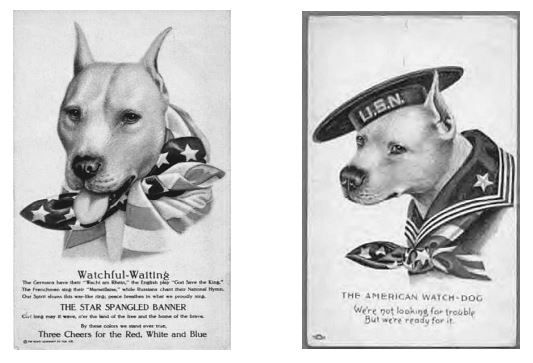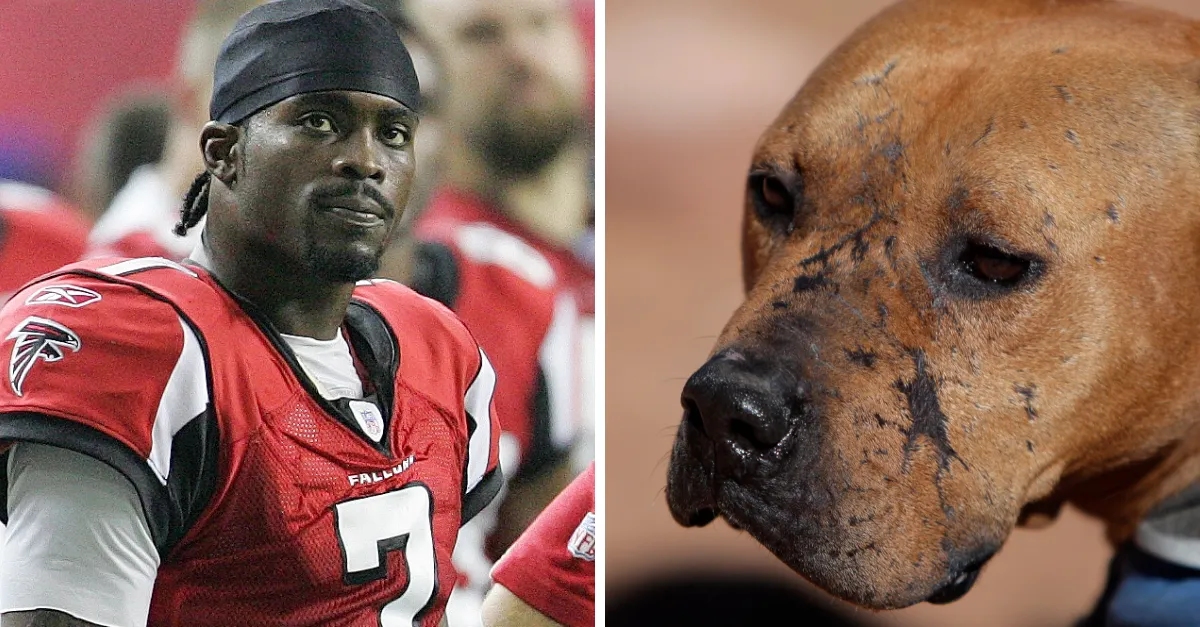The Pit Bull Used To Be "America's Dog"

There is a historical background regarding the pit bull that is not frequently addressed in the twenty-first century. In the early twentieth century, pit bulls were considered “prototypical American pets” (1). They appeared in recruiting posters for World War I and World War II, and were nicknamed “America’s Dog” (1).

Pit bull-type dogs were also featured in cinema and comic strips involving children, such as The Little Rascals and Buster Brown, due to the pit bull’s affectionate disposition towards children (1).

This All Changed When the Pit Bull Got Wrapped Into the "War On Drugs" in the 1980s

Although once regarded as “America’s Dog” and the children’s best playmate, the pit bull’s reputation began to take on a different tone beginning in the 1980s. A series of reports on rising crime rates gained media attention during this period. Gang violence by urban youth began to be tied to “pit bull” attacks (1). By 1987, law enforcement announced that, “Street dope dealers and street gangs have gone to pit bulls.” The pit bull was swept into the media hysteria involving the War on Drugs, and through this media narrative pit bulls themselves became “carriers of the contagion of criminality” (4). In just over fifty years, the pit bull began to represent a very different America from the one they had portrayed in the early twentieth century (1).
This new and negative perception of pit bulls was also influenced by the pit bulls’ image in the hip-hop scene. Pit bulls appeared in music videos and were featured as cultural symbols of the “Afro-American lifestyles” (1). Especially impacted by the War on Drugs, hip-hop and rap became a strongly racialized genre in the United States, causing the association of pit bulls with this music scene to not be regarded as a positive one (1).

The fear of crime and Black urban youths became associated with pit bulls, creating a “feedback-loop that has come to characterize the relationship between pit bulls, Blackness, and the perception of criminality” (1). These relationships were crystallized with the infamous Michael Vick dog fighting scandal. Michael Vick was an NFL superstar who was arrested for running a dog fighting ring. He was found to have fifty-one abused and mistreated pit bulls on his property (2). The story received significant attention due to Vick’s celebrity status. While this case strengthened the cultural association that had been building since the 1980s between pit bulls and Black culture, it also solidified the “pit bull” as “the dogfighting dog” (1).
This writing is an excerpt from my previous paper "Get That Pit Bull Away from Me!": How Data Collection, Visual Identification, and the Media Created a Neighborhood Monster
Sources
- https://law.lclark.edu/live/files/32171-25-1-third-articlepdf
- https://worldanimalfoundation.org/dogs/pitbull-statistics/
Ann Linder, 2018 Legislative Policy Fellow at Harvard Law School's Animal Law and Policy Program
The majority of the information for this writing is from Ann Linder, a 2018 Legislative Policy Fellow at Harvard Law School's Animal Law and Policy Program. I would recommend her article, "The Black Man's Dog: The Social Context of Breed Specific Legislation," (Source 1) to anyone interested in the racialized context of the negative pit bull stigma and the challenges this creates for fair housing.
